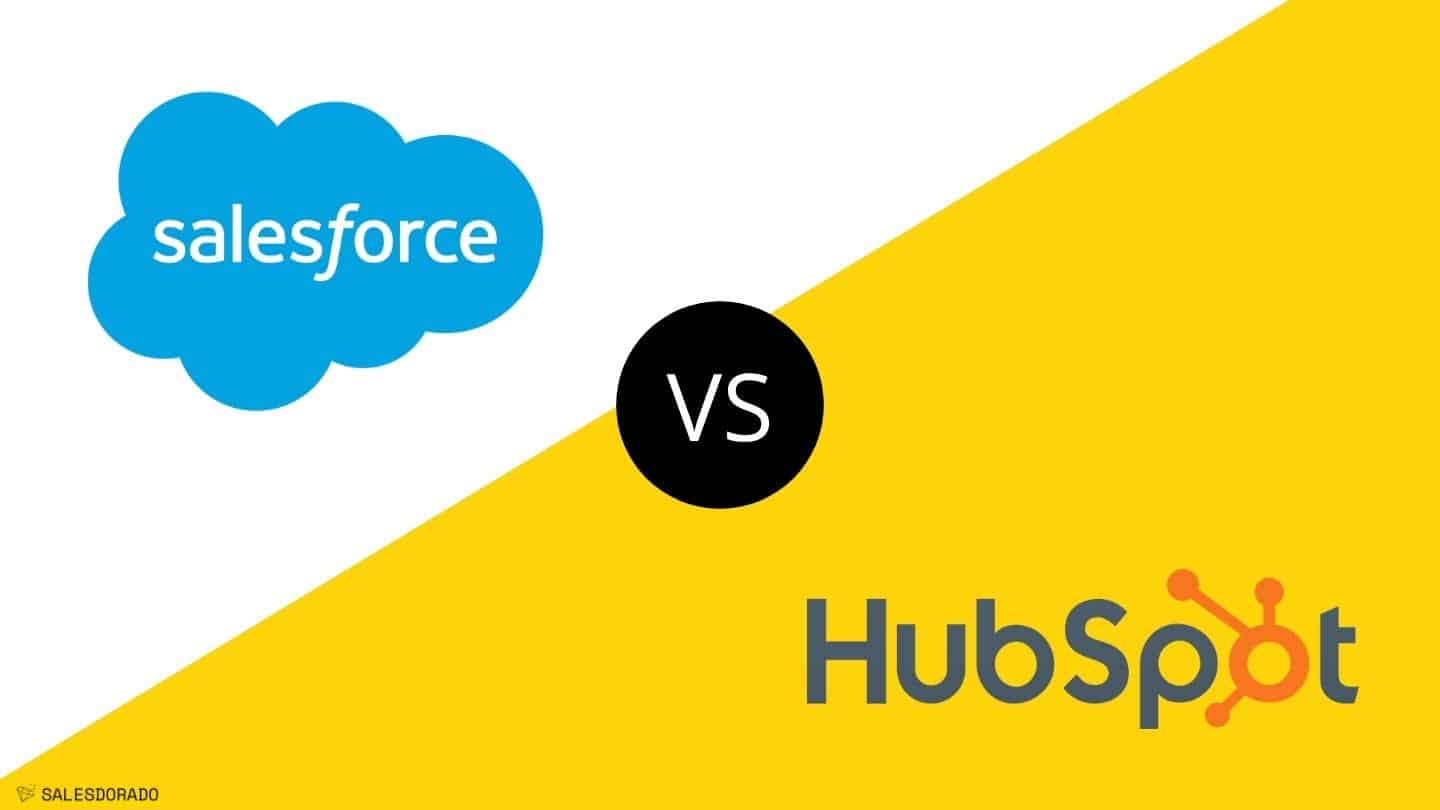Cross-selling should not be confused withupselling or downselling.
Upselling means selling a better, more expensive version of your product, or selling a larger quantity. Downselling is the sale of a less expensive product, more suited to the customer’s budget: the aim is to reduce churn – rather than losing a customer completely, we lose a percentage of their spending.
Cross-selling recommends products that complement the product purchased: the aim is not to change the customer’s choice, but to complement it – suggesting a phone case to a customer who is buying a phone.
For example, Vimeo suggests increasing storage capacity, or switching to an offer that combines storage with a number of complementary features.
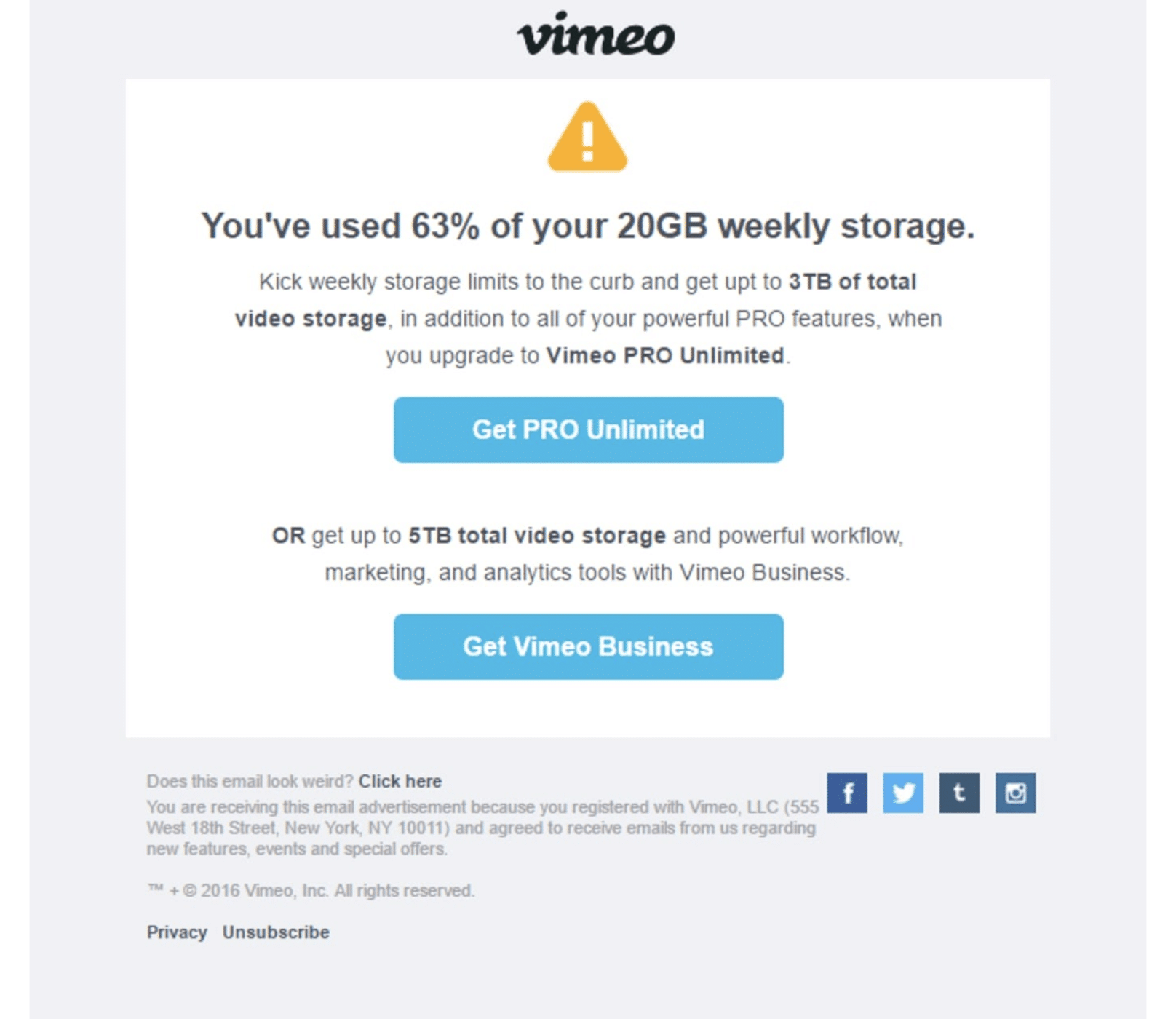
Sommaire
11 cross-selling techniques that work in B2B
#1 Identify the right customers
Cross-selling is not profitable for all customers. This is what
Denish Shah
and
V. Kumar
in their article
The Dark Side of Cross-Selling
(Harvard Business Review, December 2012)
There are always rotten apples. The study shows that for every 5 cases of cross-selling, there is always one that is not profitable. For example, a customer who abuses your customer service or product returns, another who cross-sells by maximizing promotions, or a buyer who has a limited budget and won’t increase his spending if he cross-sells.
That’s why it’s important to understand your different buyer segments and KPIs, so you can promote cross-selling that meets the needs of each segment. Leverage the data you have, survey your best customers and track user journeys:
- Their preferred products and services
- How different segments use your products
- The main challenges facing each segment
- The added value each segment might need
My advice
As you market your products and distribute them around the world, you’ll start to pick up on the signals emitted by each segment, to identify the bad apples in the basket.
#2 Keep it simple
Offering too many products or services at once can backfire by creating confusion. Teach your sales staff to limit their cross-selling efforts to a selection of products that offer a clear benefit to the customer.
Listing unrelated products in a sales pitch can immediately affect a customer’s experience and give the impression that you want them to buy anything at any price – the customer may then close themselves off to the salesperson.
Cross-selling opportunities arise naturally when the salesperson begins to build a long-term relationship with the customer and understands their additional needs.
#3 Invest in customer service
The presence of a large segment of problem customers – the bad apples – may be a sign of shortcomings in the incentives (internal or external) of your marketing strategy.
For example, if you reward your sales staff according to the increase in the number of products purchased by each customer, rather than for the increase in sales. This can encourage them to cross-sell aggressively. In the end, your customers will simply reallocate their fixed expenditure with the company to a wider range of products and services.
Another example: a company with a very flexible returns policy, which facilitates abuse. The Harvard Business Review cites the example of Best Buy, an electronics retailer: among product return enthusiasts, they identified a subset of customers who returned items without packaging. This was done in order to buy them at a reduced price in the store because the packaging had been opened.
Best Buy now requires customers returning items to show photo ID, and reserves the right to refuse a return based on the customer’s transaction history.
#4 Offer the right products
One way of cross-selling with customers is to offer additional and, above all, complementary services. For example, a digital marketing agency offers SEM, SEO and marketing content creation services.

For example, in its newsletter, Moo, an online print shop for professionals, promotes its business cards with rounded corners (rather than the classic angles) to existing customers, presenting it as a solution to a specific problem they may have encountered.
You need to know your products well to be able to offer the right ones. By mapping out the product and service options sales reps can use when talking to a customer, it’s much easier for them to determine whether cross-selling or up-selling is best for the customer.
With a clear plan to follow, sales reps are better equipped to sell more while keeping customer satisfaction in mind.
#5 Promote your offers correctly
The aim is to create an offer for each point of contact with the prospect.
Chances are your customers have discovered your company through a variety of channels, from a Google search to a recommendation from a friend or family member.
It’s hard to keep up with all these channels and offer a consistent experience on all of them. Especially since customers can easily research your competitors on their own, or obtain product comparisons.
The idea is to create, for each point of contact with your potential customers, content tailored to the needs of the segments likely to use these channels. This makes it much easier to promote additional products.
In concrete terms, this means:
- Share blog posts on friction points in different segments.
- Demonstrate a complementary product to your customers.
- Provide your sales team with ebooks and videos that show how your products work and can be complementary.
- Create case studies (or other forms of social proof) that highlight the needs of different segments.
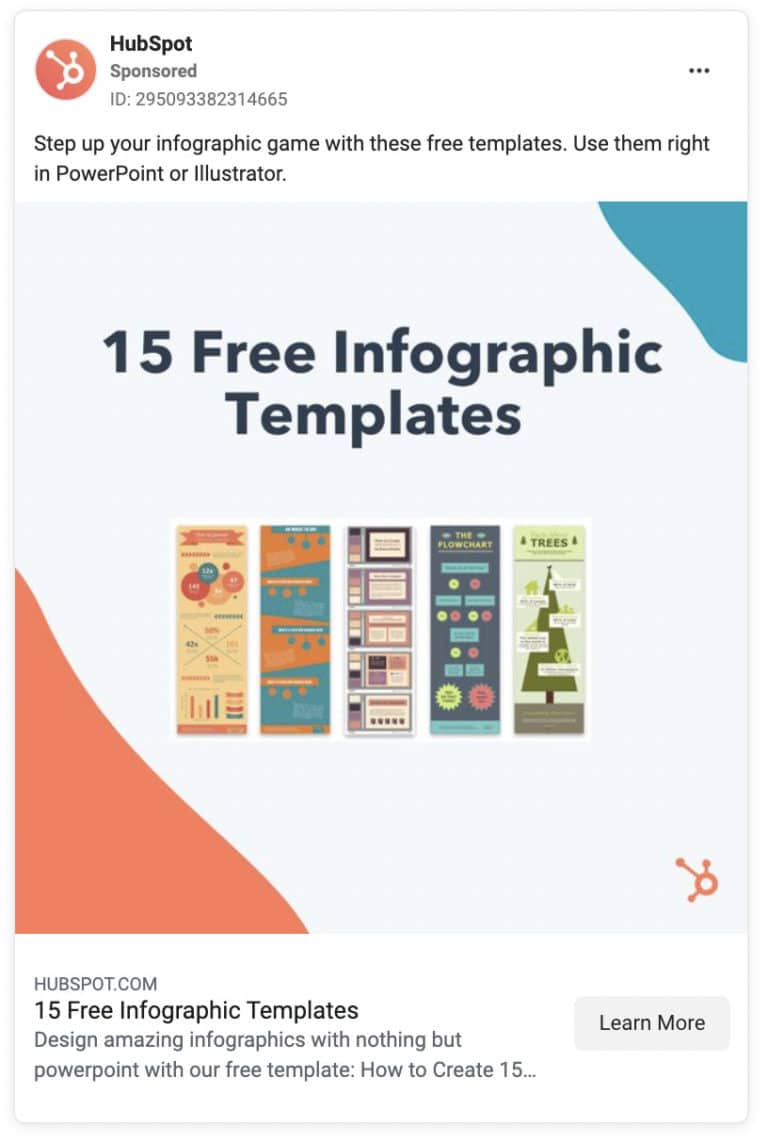
For example, Hubspot promotes its offers via specific ads on Facebook that offer templates to users.
#6 Communicate your new offers
The idea is to create desire for your additional products.
All users must be informed of new products and paid features. Although these are only available to users who have subscribed to the premium plan.
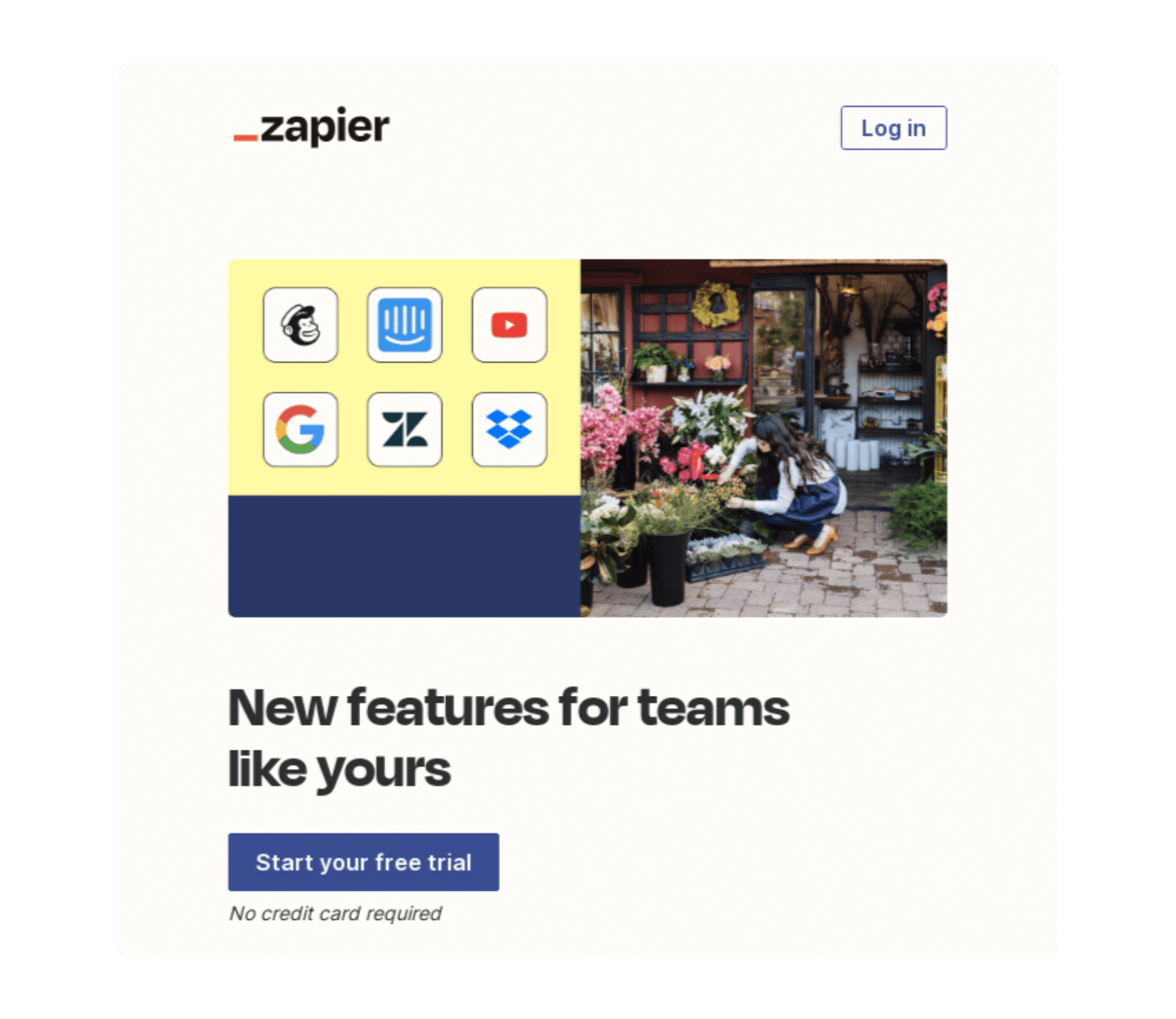
Demonstrating the value of your new product can convince users of a free plan to upgrade.
For example, if you release a new module that only premium members can access, promote it in your newsletter and include a CTA that allows free users to upgrade to a premium plan and easily purchase the additional module. As Zapier suggests.
#7 Choose the right timing to launch your cross-selling campaigns
The aim is to assess the customer’s life cycle so as to offer an additional product at the right time.
Up-selling and cross-selling often take place at the end of the sales cycle, when buyers have already committed to purchase. For complex sales, it’s often best to integrate the up-selling and cross-selling process into the overall customer experience.
For example, we can suggest to a customer in the middle of the sales cycle complementary products that enhance the use of the first product he is interested in. It’s a way of satisfying the customer while triggering an additional purchase.
#8 Personalize product recommendations
Around 80% of people are more likely to do business with a company if it offers them a personalized experience. Define your customer segments so you can tailor your offer to each of them and offer the most personalized experience possible.
Here, Skillshare offers its customers a selection of courses based on the courses they have previously taken and their areas of interest.
Think about what products or services each segment prefers, and how they use them. Ask yourself what complementary products would be of interest to each segment – in other words, what their needs are.
#9 Create a sense of urgency
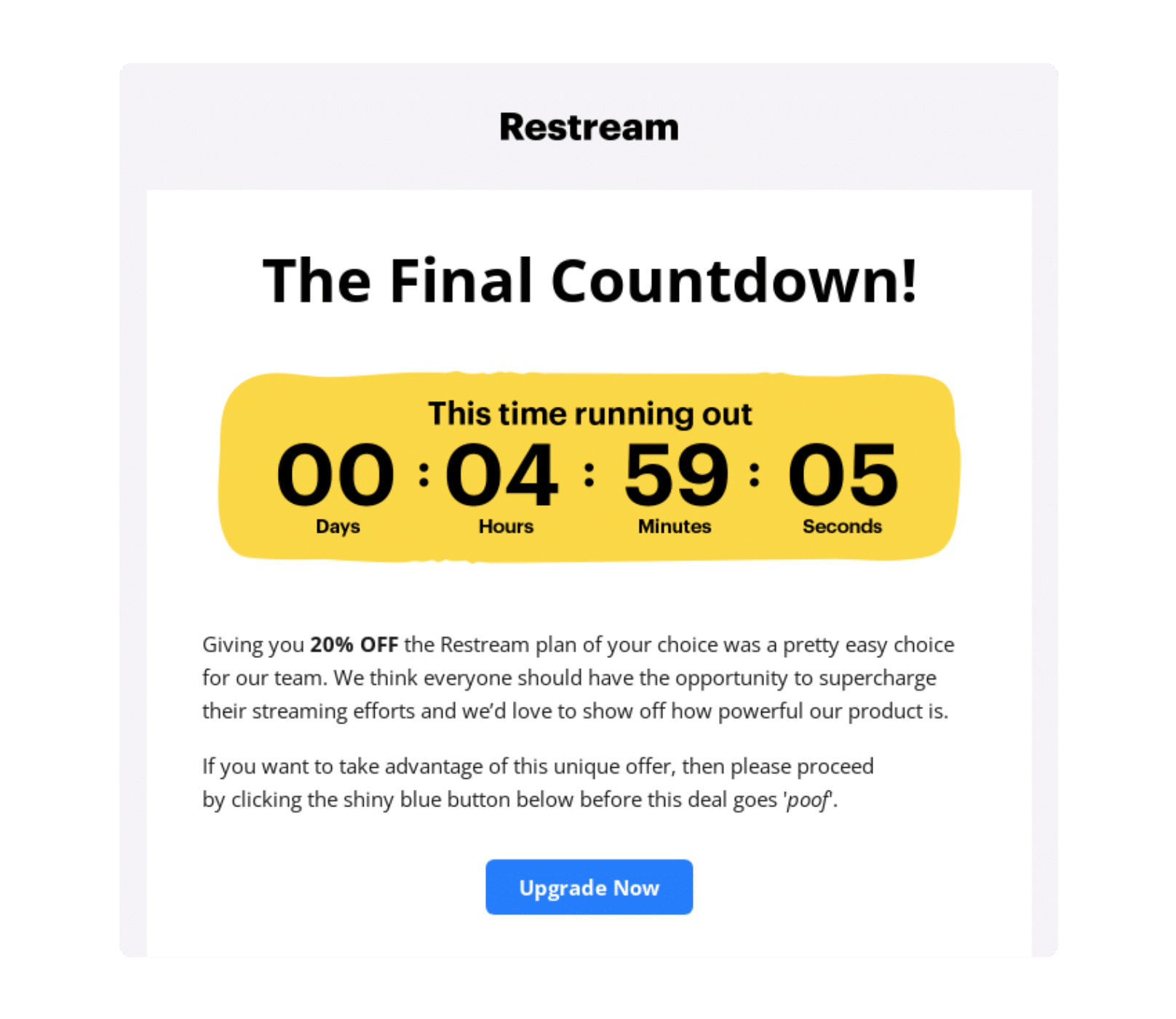
Creating a sense of urgency is a great way to encourage users to make a purchase so they don’t miss out on an offer.
You can organize a live event over one day, delete content or products after a certain period, or offer a course only during the summer. You can also promote offers and discounts with expiry dates.
For example, the Restream site exacerbates the sense of urgency by visually highlighting a countdown to the end of its promotion, with a clear CTA to encourage customers to upgrade to the next offer.
#10 Building customer loyalty
The aim of this technique is to create structured opportunities for customers to earn benefits based on their purchasing habits.
Train your sales reps well in loyalty offers, so that they can use them effectively for cross-selling. Customers are more willing to buy complementary products as part of a loyalty program.
This approach reminds customers of the value of the product or service, while offering sales reps an incentive sales technique that requires minimal effort and can still increase sales.
#11 Measuring the impact of your campaigns
Set clear objectives for your campaigns: for example, to increase customer lifetime value, raise product awareness or improve conversion rates – and evaluate the contribution of each piece of content to the objective.
Perform A/B tests on landing pages and e-mails to determine which texts, images, audio sequences, CTAs and buttons perform best. Review every word, every color, the number of views on your videos; see if adding social proof increases your conversion rate, and so on.







